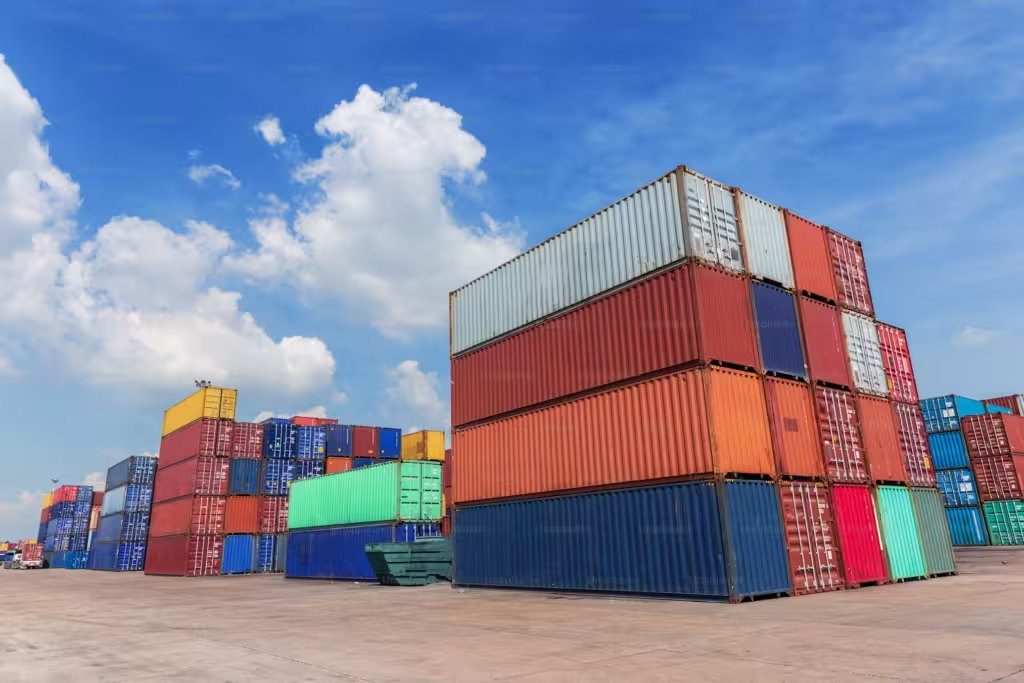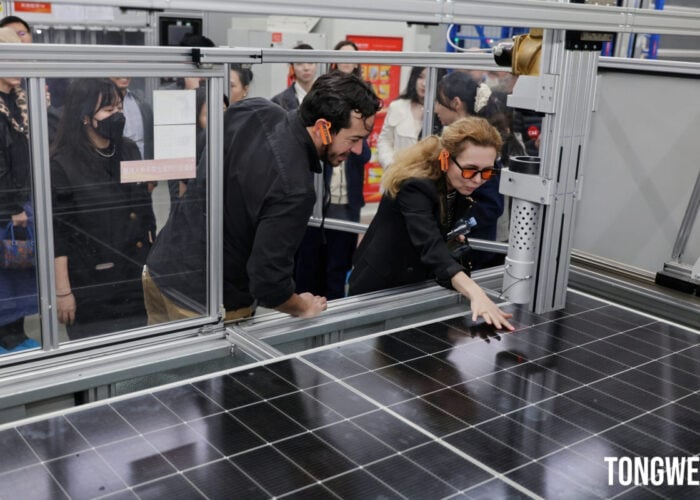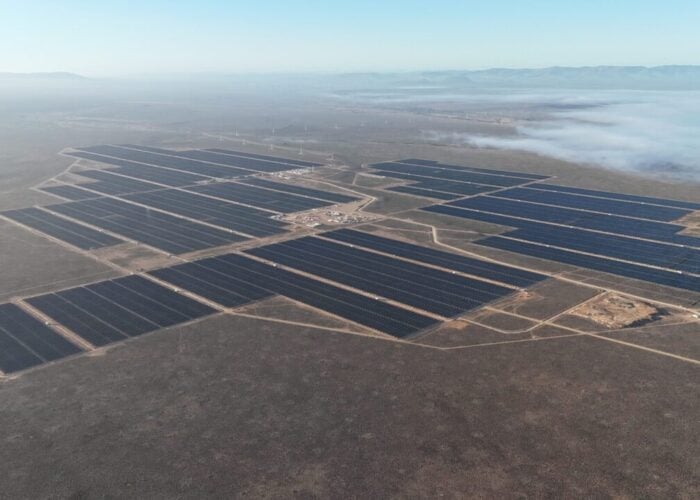
The Indian Department of Commerce has imposed preliminary antidumping measures on selected solar glass producers exporting products from China and Vietnam.
In its preliminary findings issued last week, the Directorate General of Trade Remedies found that seven glass producers in China and one in Vietnam have shipped products to India which have “injured” the domestic solar glass production industry.
Try Premium for just $1
- Full premium access for the first month at only $1
- Converts to an annual rate after 30 days unless cancelled
- Cancel anytime during the trial period
Premium Benefits
- Expert industry analysis and interviews
- Digital access to PV Tech Power journal
- Exclusive event discounts
Or get the full Premium subscription right away
Or continue reading this article for free
The investigation, which was launched by Indian solar glass producer Borosil Renewal Ltd. in February, refers to textured tempered coated and uncoated solar glass, which the Department of Commerce said are comparable in physical, technological and functional characteristics to domestically produced products.
The preliminary findings conclude that solar glass imports from China and Vietnam are undercutting the prices of the domestic industry below the cost of domestic production, have prevented a price increase which otherwise would have happened and have dominated the market throughout the investigation period. Subsequently, the findings say that India’s domestic solar glass industry has suffered losses, cash losses and negative returns on capital deployment.
The Department of Commerce assigned dumping margins of between 50% and 90% for Chinese exporters and between 30% and 40% for Vietnamese exporters.
The dumping rates for Chinese companies were calculated based on the cost of production and product price for domestic products because none of the respondents “filed a request for market economy treatment”, the preliminary findings said.
Trade measures around solar PV supply chains are becoming more common across the world as the technology becomes increasingly strategically important.
An International Energy Agency (IEA) report from last month said that the value of international trade in renewable energy technologies will more than triple by 2035; at the same time, threats to global supply security and the potential for disruptions are increasingly prevalent. The IEA identified global conflicts and both shipping and supply concentration as key concerns for renewable energy trade.
This move from the Indian industry and Department of Commerce follows the ongoing antidumping and countervailing duty investigation on solar cells imported to the US. Notably, both investigations draw parallels between Chinese and Southeast Asian solar manufacturers. The US highlighted Malaysia, Thailand and Cambodia as well as Vietnam in its investigation of product dumping and export tariffs.
India and the US may expand their solar trade relationship in the future, according to a new report from the Institute for Energy Economics and Financial Analysis and JMK Research, which said that India could replace southeast Asia as the leading exporter of solar goods to the US as both countries look to decouple their supply from Chinese influence.
The Indian government is trying to bring solar manufacturing onshore through a combination of incentives and tariffs. Last month Indian research firm Mercom published data which showed that the country added 11.3GW of solar module and 2GW of solar cell manufacturing capacity in the first half of 2024.






